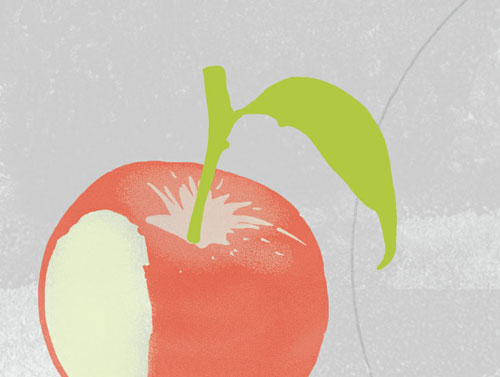THERE is a fear that carbohy drates are detrimental to health. As a result, low carb diets have become popular, especially for weight loss.
In this Honest Nutrition feature, we explain what carbohydrates are, look at healthy vs. unhealthy options, and discuss whether a diet rich in carbs is actually harmful.
This series of Special Features takes an in-depth look at the science behind some of the most debated nutrition-related topics, weighing in on the facts and debunking the myths.
Carbohydrates are one of the three macronutrients that occur naturally in plant foods, including peas and beans, nuts and seeds, grains, dairy and dairy products, fruits, and vegetables.
The other two macronutrients are dietary fats and proteins. Carbohydrates are an essentialTrusted Source nutrient — which means that a person must obtain it from the diet — and the body needs them to function properly, as they serve as a primary sourceTrusted Source of energy.
The word “carbohydrate” is an umbrella term that describes various types of sugar-containing molecules present in foods.
Generally, there are three types of carbohydrates: sugars, starches, and dietary fiber.
It is possible to classify them further as simple or complex carbs, depending on the number and type of sugar molecules — such as glucose — that each structure contains.
Also called “simple sugars,” “sugars,” or “saccharides,” these carbohydrates contain between one and 10 sugar molecules and are present in fruits, vegetables, and dairy products.
Those with one or two sugar molecules are called monosaccharides and disaccharides, respectively, while those containing up to 10 sugar molecules are called oligosaccharides.
Lactose — the main sugar in animal milk — is a disaccharide comprising the monosaccharides glucose and galactose.
Oligosaccharides, however, are mid-length prebiotic carbohydratesTrusted Source that are in fiber-rich foods and human milkTrusted Source.
Complex carbohydrates are made up of polysaccharidesTrusted Source, which are longer, intricate chains of sugar molecules.
Complex carbs include both starches and dietary fiber.
Starches are the storage carbohydrates in peas and beans, grains, and vegetables, and they provide the body with energy.
Dietary fiberTrusted Source, or roughage, is the indigestible part of plants — in whole grains, fruits, vegetables, nuts and seeds, and legumes such as peas and beans — that supportsTrusted Source good gut health.










